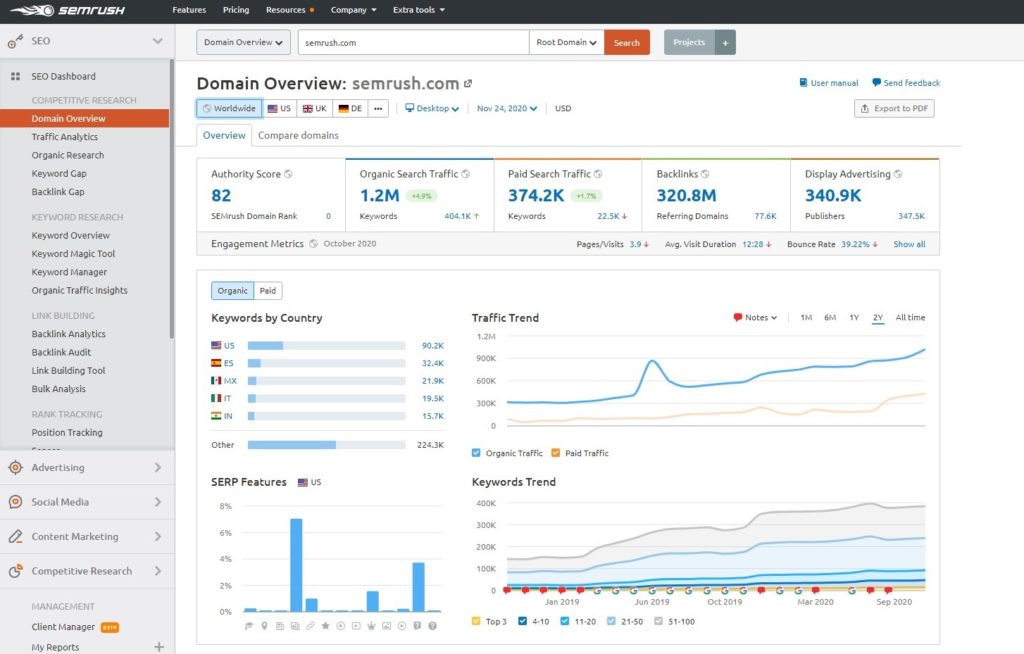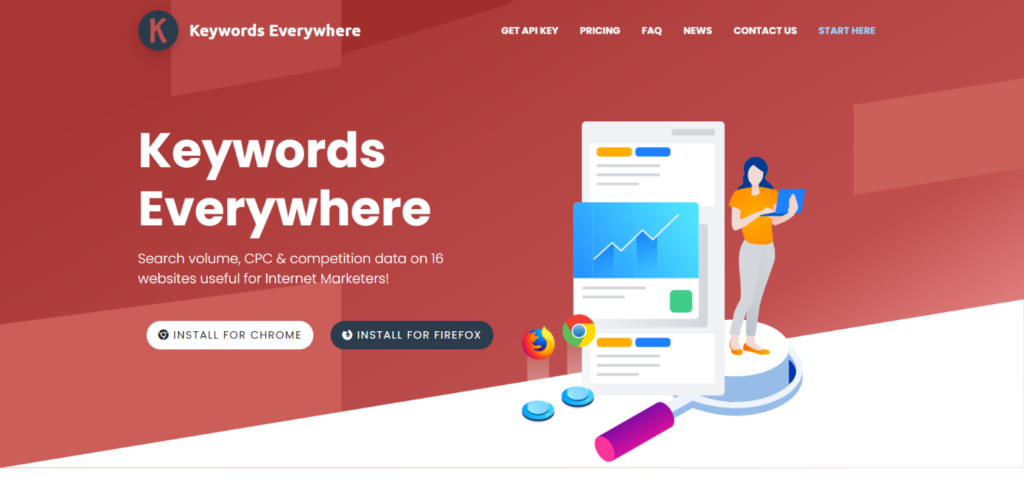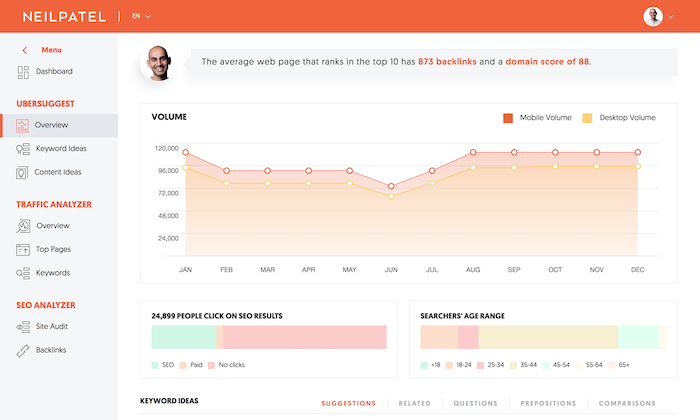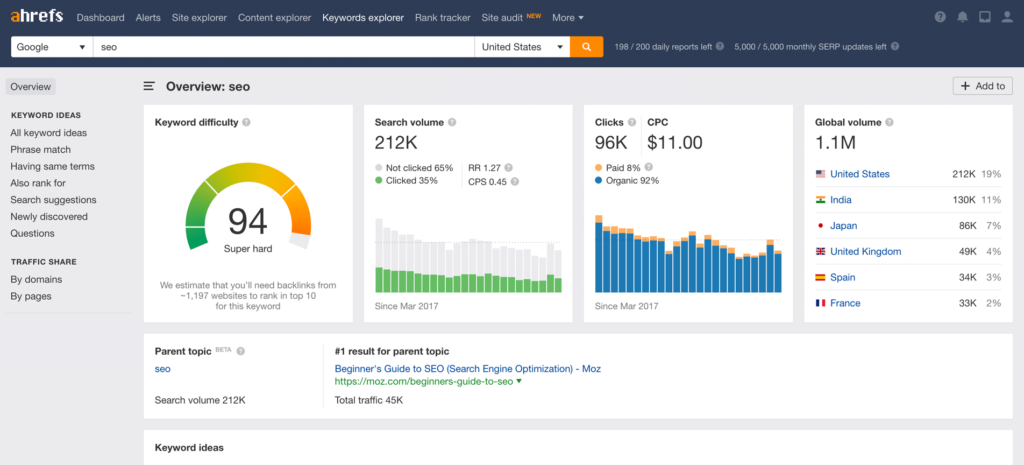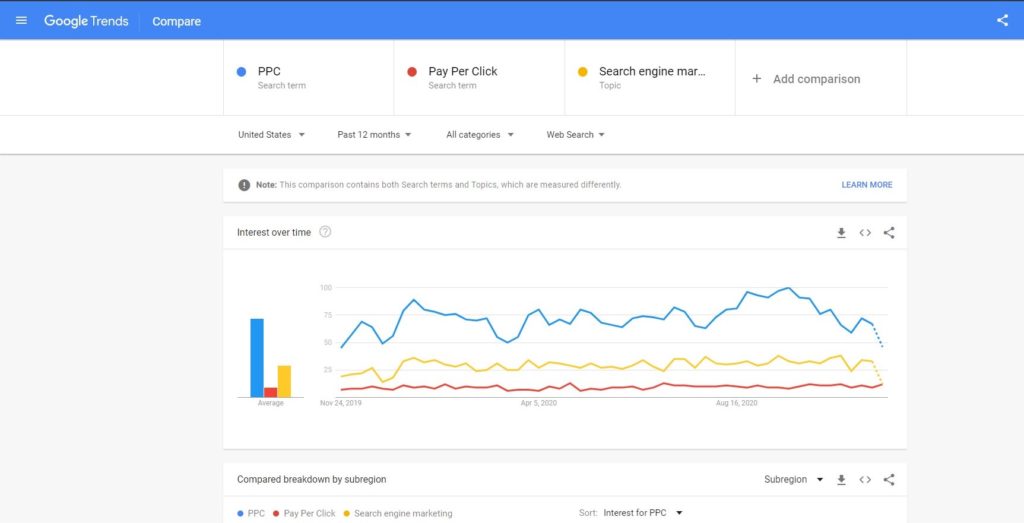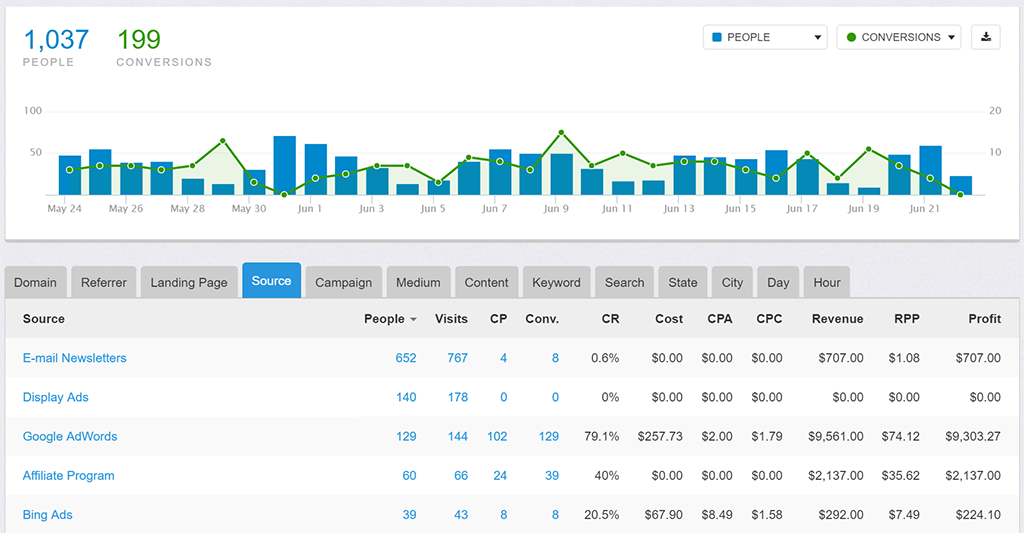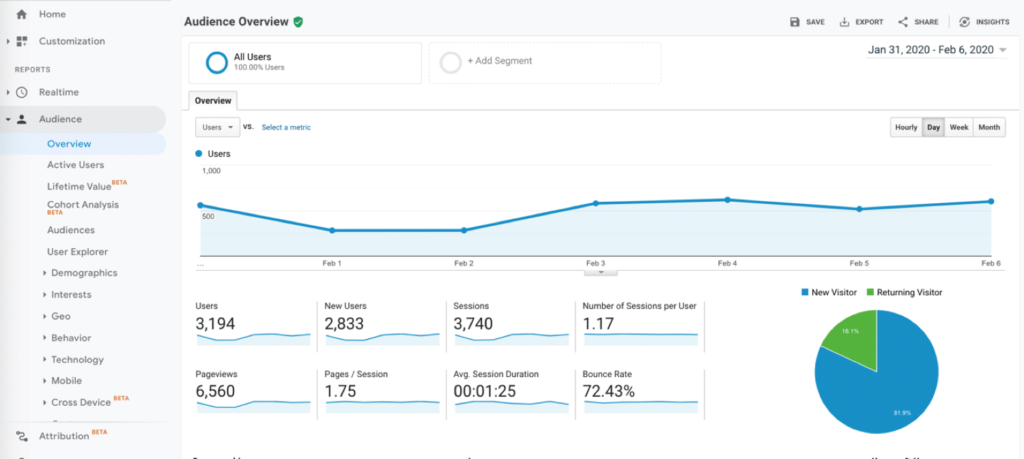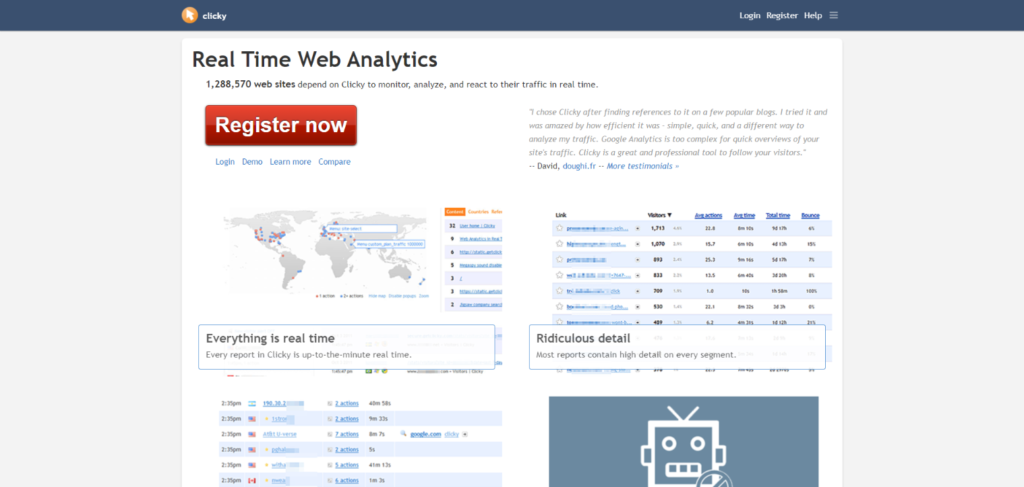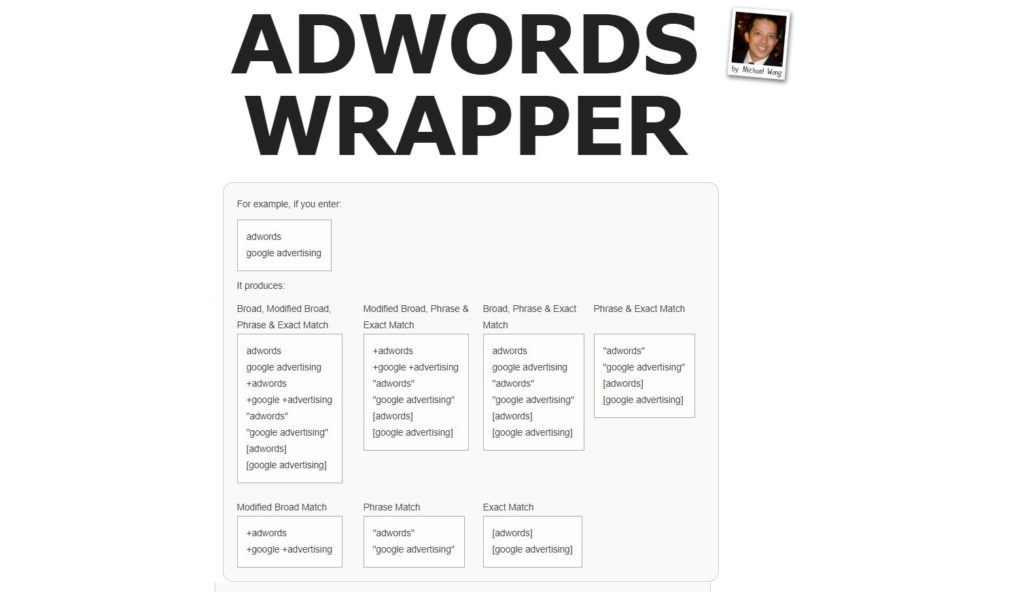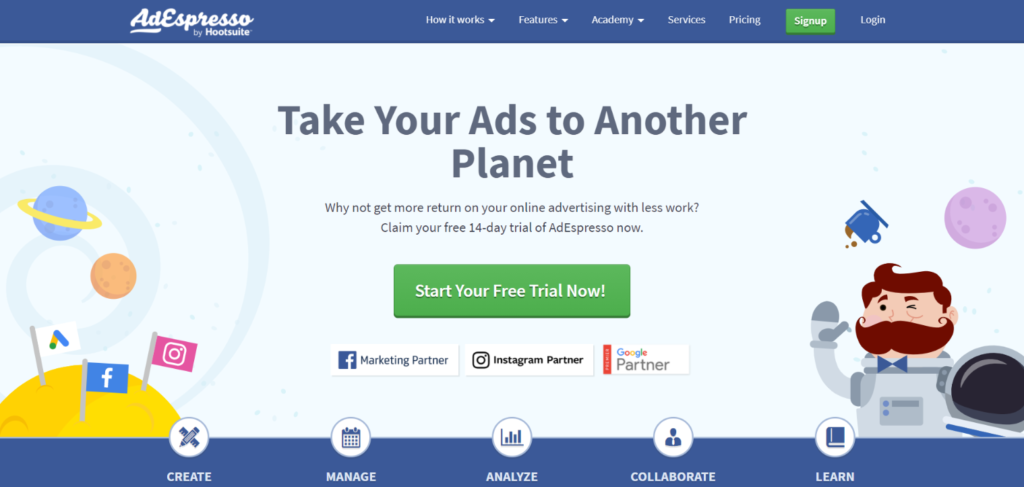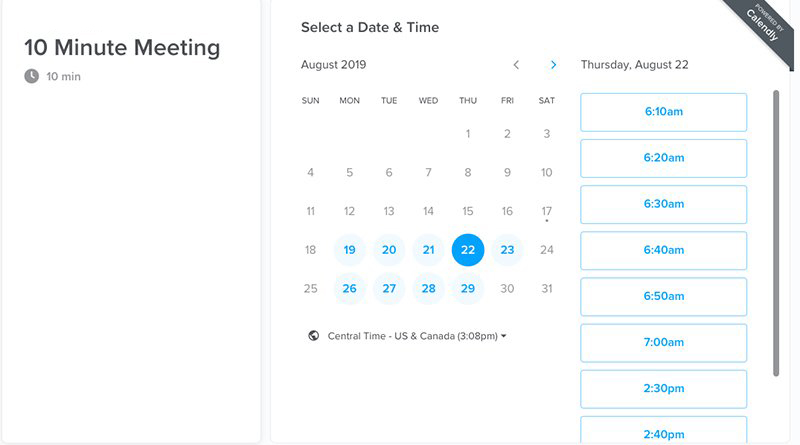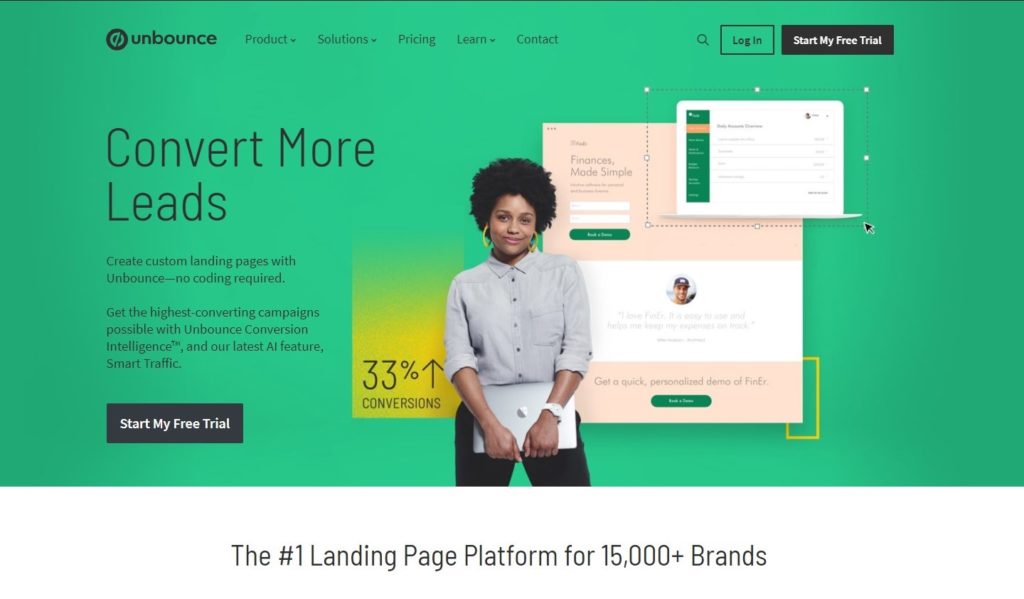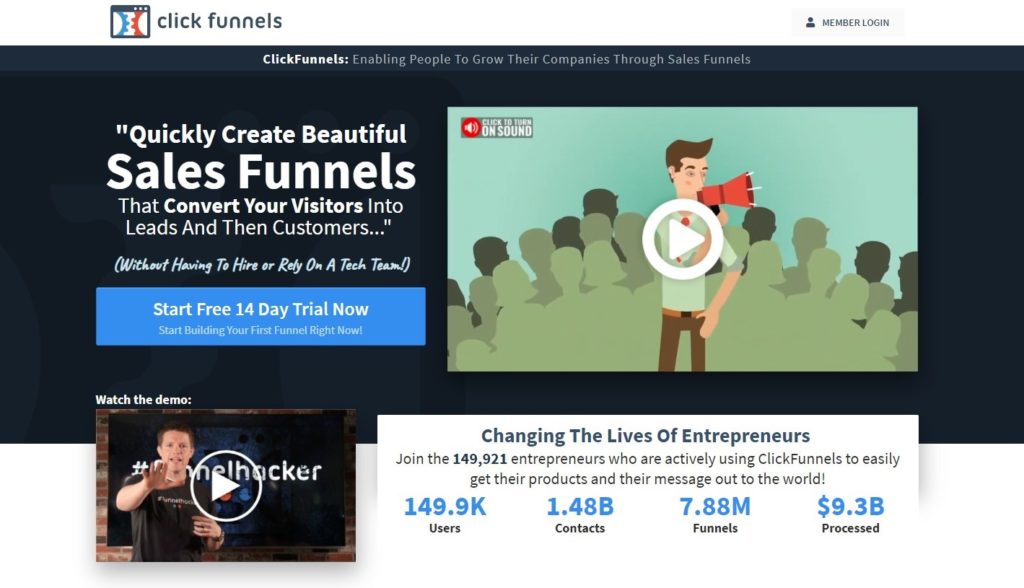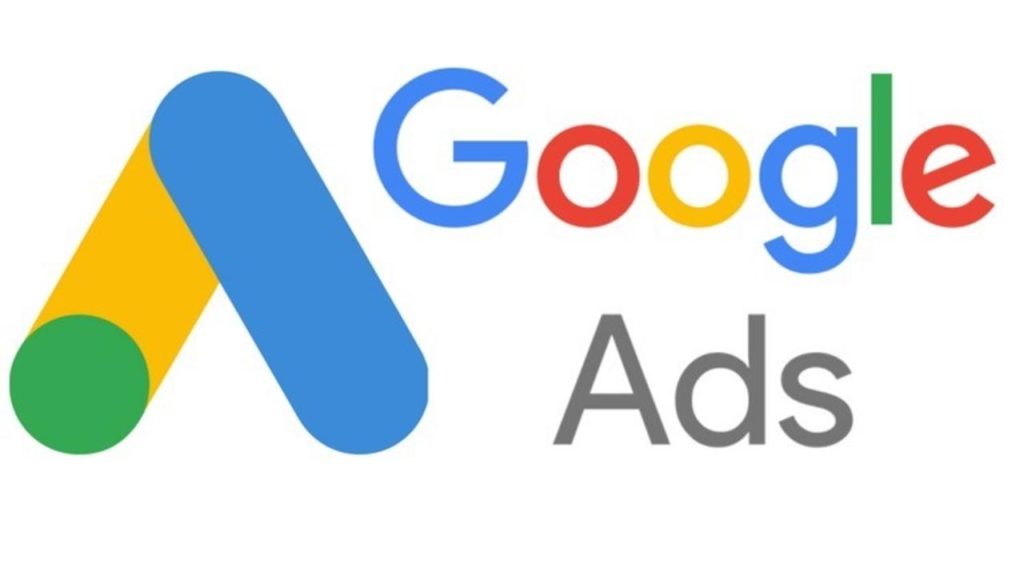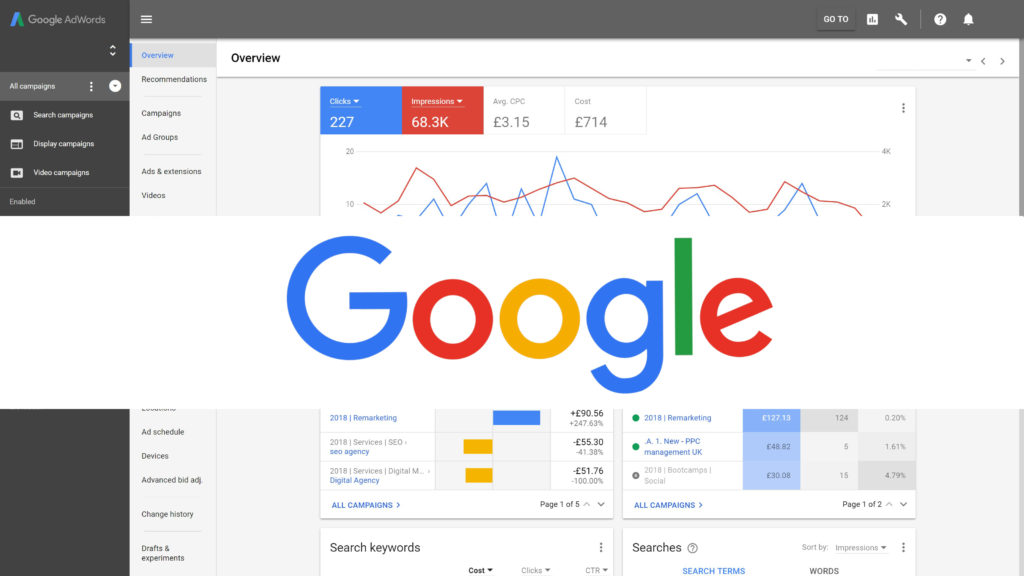Email marketing is still working.
You might have thought: everyone’s on social media, so why would anyone need email marketing?
This is a fallacy.
Email consistently generates the highest ROI of all marketing channels, so don’t make the mistake of snubbing it for your business.
Don’t know where to start? Read on for our definitive email marketing guide for 2022.
What is Email Marketing
You have the ability to target the customers you want through one of the most direct channels: email.
Think about how you got those customers on your email list.
They may have subscribed to your mailing list or made an account on your website. Maybe they were past customers.
This means that they have already interacted with your content, maybe even of their own volition.
This is why email is so powerful: it’s an amazing way to convert customers that are already receptive, and it is highly valuable because you can build relationships with your customers.
Why Use Email Marketing
Why use email marketing? It’s simple.
Email is a targeted and effective form of marketing.
If you’re skeptical, that’s probably because you’ve had bad experiences with emails yourself. Maybe your inbox is clogged with spam and there are a hundred mailing lists you’re trying to unsubscribe from.
But think about emails that you do like to receive.
Coupons for services that you actually use, and blog updates for your niche hobby.
If a customer has subscribed to you, and you know your product is a good one, they welcome emails. The emails are just a gentle nudge telling them that you exist.
Building Relationships
Emails are a great way to build relationships with your customers.
Loyal customers get better discounts and better service. This is an incentive for customers to stay subscribed to your updates, and they are rewarded for it. It’s a win for everyone, and this makes good business.
There’s also what social psychologists call the propinquity effect. If you interact with someone frequently, you’re more disposed to like them. This isn’t to say you should spam your customers, but rather an occasional reminder through email?
That’s a great, low-cost way to gradually acquaint yourself with your client base.
The Stats
Let’s take a look at the stats. If you don’t have an email marketing campaign, this is why you’re missing out.
- Worldwide, there are 4 billion email users
- The ROI for email is over $30 for every dollar you spend
- Email is the most likely channel for sales conversion
Email Marketing Strategies
There’s a caveat.
Your email marketing campaign can’t look like it was from the 1970s.
It’s 2022, and there are different and better ways of doing email.
Build An Email List
It doesn’t matter if your email list has 3 people or 100 people. You should treat these customers like gold. If you do, the list will grow organically as your good service travels through word of mouth and referrals.
Personalize Your Emails
You won’t build relationships with your customers if they don’t feel special. What you want to do is use data to craft customized content for different segments of your client base.
If you have a segment of consumers that dropped off of your service because they couldn’t afford it, offer them a discounted rate.
Show customers with certain buying habits a list of recommended items that are back in stock.
Personalized emails are more memorable. Would you buy a product that is entirely irrelevant to you? No, so figure out what kind of email is relevant to your consumers.
Buyer Personas
The basis of email marketing campaigns should be buyer personas.
Let’s envision a woman, 30 years old. She’s eco-conscious but likes luxury.
For this woman, and anyone like her, your emails need to be targeted at their interests and preferences, and even the way they would like to be communicated with.
You shouldn’t be sending this woman emails about your products that are disposable and cheap.
Rather, say you’ve formulated a new product with her in mind, or introduce her to products of yours the data says she may like.
Long story short? Use what data you have on your customers, and engage them with what you’ve learned from this. Big companies have this process automated, but if you’re a smaller business you should work with what you have.
Clean Graphics
Who said emails needed to be lines of dry copywriting?
Visual graphics are the most likely to convert customers, so you’ll want to hire a dedicated graphic designer, email coordinator, or use a third-party email service.
Do I Need Email Marketing?
Yes, you do.
Don’t worry if you can’t automate every single process and have an email zip straight to your client’s inbox according to their every action. It’s in your best interest to stand out since most people’s emails are inundated with trash.
Just make sure that you are monitoring your quantifiable progress with emails; each industry has different benchmarks that indicate real returns through email.
Our Email Marketing Guide for 2022
You can also view our email marketing guide for boosting sales specifically. We’ll teach you about transaction emails, welcome emails, cart abandonment emails, and more.
Email marketing is probably the most powerful tool for converting customers and increasing engagement.
If you want to make sales and make a profit, you can’t neglect this valuable opportunity to connect with your clients.
Have a project you want to discuss? Feel free to contact us so we can tailor a solution for you.







